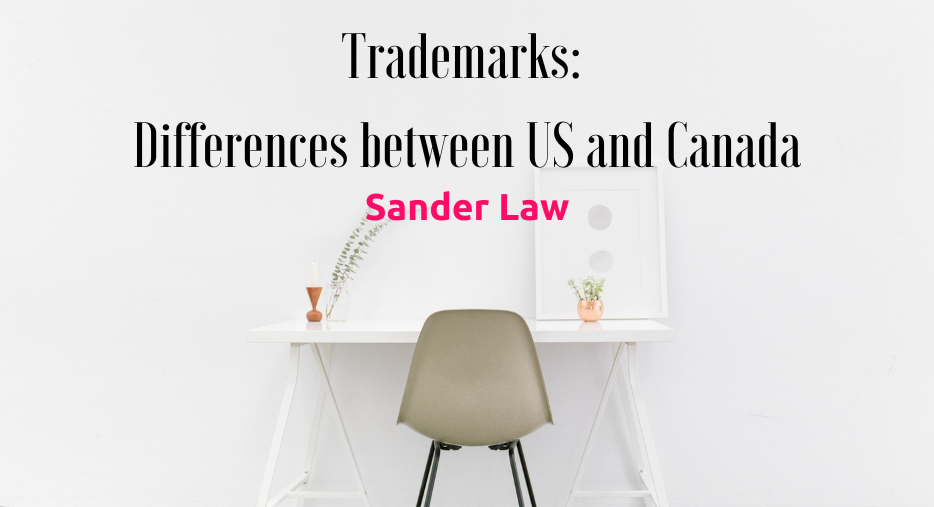
Differences Trademark Registration in US and Canada
The process of registering a trademark in the US is slightly different than in Canada. The following are some differences in the trademark registration process between the two countries.
Main Differences
Filing Basis
US - In the US, you need to indicate a filing basis in the trademark application. For example, filing basis 1A indicates use of the mark has already started, and filing basis 1B indicates that you intend to use the mark in the future.
Canada - Since June 2019, in Canada you do not need to indicate whether the mark has been used or not.
First use Dates
US - In the US, you must indicate the date the mark was first used anywhere in association with the goods or services. As well, you must indicate the date the mark was first used in commerce in the US in association with the goods or services (e.g. date the product was first sold to a US customer).
Canada - You do not need to indicate the date the mark was first used.
Specimens of Use
US - You must provide examples showing use of the trademark in association with goods or services. For example, for a product you would provide photographs of the mark on the product itself or product packaging, or a copy of the webpage selling the product that also displays the mark.
Canada - You do not need to provide any examples showing use of the mark in association with the goods or services.
Use before registration
US - In the US, for an application to proceed to registration the mark has to be used in commerce. If the application was filed on a 1B basis (e.g. intent-to-use), then the Applicant must file a Statement of Use indicating use of the mark has started (and a specimen) before the application proceeds to registration.
Canada - Trademarks may proceed to registration even if use of the mark has not started yet.
Maintenance Requirements
US - In order to maintain a US trademark registration for the full 10 year term, the owner must file a declaration of use between the 5th and 6th year after registration. If this declaration is not filed, the trademark registration is cancelled.
Canada - Once the trademark registers there is no additional action required for the registration to last 10 years.
In both Canada and the US, a trademark registration can be renewed for a subsequent 10 year period.
Canadian and US Trademark Registration
Interested in registering your trademark in Canada or the US? Sander Law can prepare and file your trademark application in Canada and has trusted US trademark professionals to file your trademark in the US. Contact Sander Law to get started!
The above content is for informational purposes only and is not legal or professional advice.